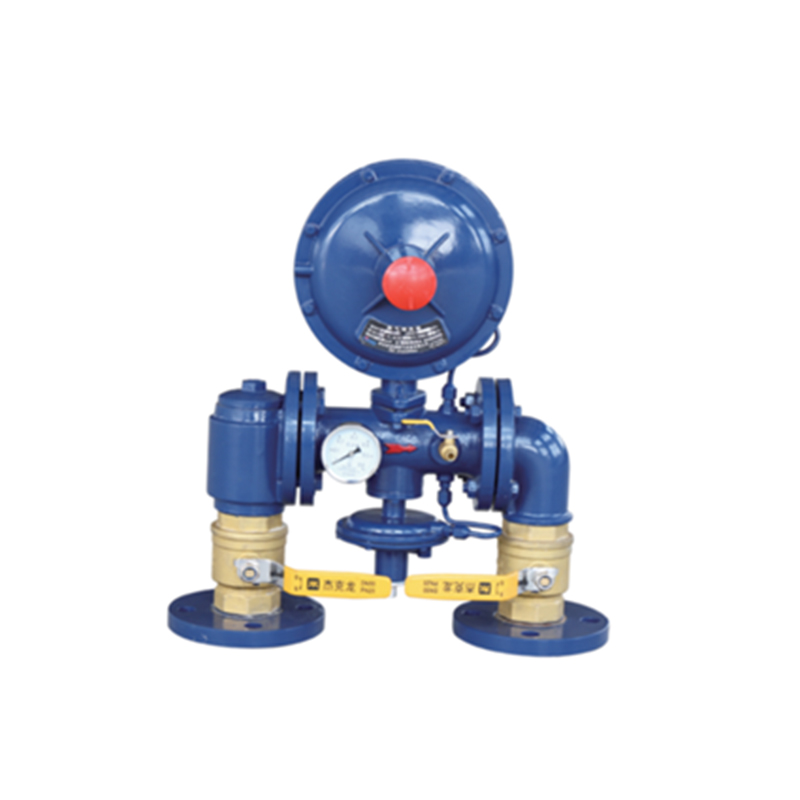
10 月 . 13, 2024 15:32
Back to list
Electrical Regulation Valve System for Optimal Performance and Efficiency
Understanding the Electric Regulation Valve Function and Importance
The electric regulation valve, also known as an electronic control valve, plays an essential role in various industrial systems, particularly in controlling the flow of liquids and gases. This technology integrates advanced electronics with traditional valve mechanisms, providing improved efficiency, accuracy, and responsiveness in fluid control applications.
What is an Electric Regulation Valve?
An electric regulation valve is a type of valve that uses an electronic actuator to control the flow rate of fluid through it. Unlike manual valves, which require physical effort to adjust, or pneumatic valves that rely on compressed air, electric valves utilize electric signals to operate. This allows for more precise control over the flow, pressure, and temperature of the fluids being managed.
Electric regulation valves can be found in a variety of applications including water treatment plants, oil and gas pipelines, HVAC systems, and various manufacturing processes. By automating the flow control, industries can not only enhance efficiency but also reduce labor costs and minimize human error.
How Do Electric Regulation Valves Work?
The operation of an electric regulation valve involves several key components the valve body, the actuator, and the control system. The valve body is the component that actually controls the flow of fluid. The actuator contains an electric motor that opens or closes the valve based on signals received from the control system, which may include programmable logic controllers (PLCs) or distributed control systems (DCS).
.
Benefits of Electric Regulation Valves
صمام تنظيم كهربائي

1. Precision Control One of the standout features of electric regulation valves is their capacity for precise control over flow rates. This precision is crucial in processes where specific amounts of fluid must be delivered, such as in chemical mixing or in maintaining optimal temperatures in HVAC systems.
2. Automation The integration of electric regulation valves into automated systems can significantly streamline operations. These valves can be programmed to operate based on real-time data, enabling industries to adjust flows automatically without human intervention.
3. Energy Efficiency By using electric regulation valves, industries can enhance energy efficiency. These valves can help to minimize leakage and ensure that systems operate within their optimal flow parameters, which can lead to lower energy consumption and reduced operational costs.
4. Remote Monitoring and Control With advancements in technology, many electric regulation valves now come equipped with sensors that allow for remote monitoring. This capability enables operators to oversee system performance from afar, identify potential issues before they become critical, and make adjustments as needed.
5. Reliability and Maintenance Electric regulation valves generally require less maintenance compared to their pneumatic counterparts. They have fewer moving parts that can wear out, resulting in less downtime and repair costs over time.
Applications Across Industries
Electric regulation valves find applications across a broad range of sectors. In the chemical industry, they facilitate the precise mixing of ingredients. In water treatment facilities, they help regulate flow rates to ensure proper treatment processes. Energy systems utilize these valves for controlling the flow of natural gas or oil. The possibilities are virtually endless, suggesting that as industries evolve, the demand for electric regulation valves will continue to grow.
Conclusion
In summary, the electric regulation valve represents a critical advancement in fluid control technology. With their precision, efficiency, and automation capabilities, these valves are essential for optimizing operations across various industries. As industries increasingly focus on automation and efficiency, understanding the role of electric regulation valves becomes increasingly important. The integration of these advanced technologies not only enhances operational effectiveness but also paves the way for a more sustainable future in industrial practices.
Next:
Latest news
-
Unlocking The Quality Gas Pressure ReducersNewsNov.01,2024
-
The Role of Gas Pressure Reducing StationsNewsNov.01,2024
-
The Importance and Functionality of Safety Relief ValvesNewsNov.01,2024
-
The Essential Role of Safety Valves in Natural Gas ApplicationsNewsNov.01,2024
-
The Essential Role of Gas Pressure RegulatorsNewsNov.01,2024
-
Enhance Your Premium Gas FiltersNewsNov.01,2024

